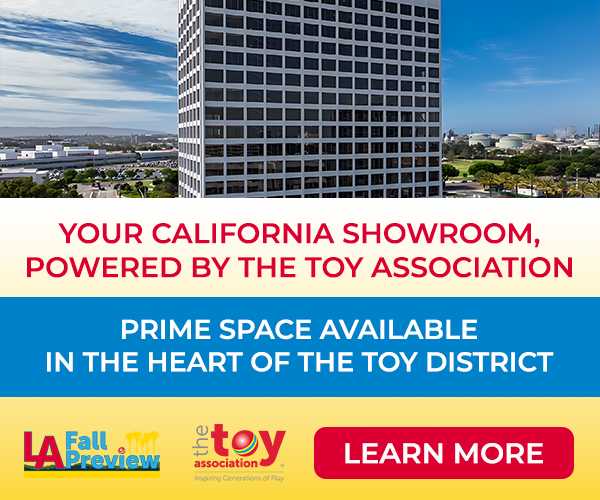Mark Chernick: Chasing Ghosts and Shadows In China - “a brief guide to un-orthodox methods of controlling copies”
by The Bloom Report | 19 May 2022
Industry Commentary, Op-Ed

Chasing Ghosts and Shadows In China “a brief guide to
un-orthodox methods of controlling copies”
Understanding the Problem
Copies of toys is a constant problem in China, and for those of us that design and manufacture toy products in China, is a never ending headache that is difficult to control and impossible to stop.
In the “old” days the copies would take a while to emerge in the market as factories had to get their hands on actual physical samples to copy them. But now, with the advent of 3D machinery, cell phones with cameras, email, texting, and more, the copies emerge in the market with alarming speed. Factories no longer need physical samples to copy an item.
Trying to locate copy factories in China is a complex challenge. They frequently operate under numerous names and legal entities, and if one is discovered, overnight they can change their name and move down the street to another location.
In the past. copies might take 4-6 months to come out…but now they are coming out in half the time, or less, depending on the complexity of the individual item.
Copies can originate in many ways, sometimes physical samples, photos in emails or texts, or even drawings, or from internet images of websites of toy companies, or social media exposure of products.
Once a copy factory has an image of an item, they can produce a 3D sample in hours, the molds done in 30 – 40 days, and they can start shipping in sometimes less than two months from originally seeing the item on a computer screen.
Traditionally, western toy companies have sought to protect their Intellectual Property with Utility Patents, Design patents, copyrights and trademarks, but this is very time consuming and expensive and has to be legally enforced to be effective in controlling copies.
Many toy companies go so far as to take out Chinese patents, but the same problems remain.
To compound that fact, some factories even take out China patents on “their” copies, which can prevent the originator from even producing their own designs in China as illogical as that may sound.
Chasing these copy factories in China is like “Chasing Ghosts and Shadows”. What you see is not necessarily what you are looking at. China is a land of illusion in this regard.
There are however some ‘un-orthodox” tools you can employ to combat the copy of your designs in China, most of which you will never hear from any patent attorney, nor learn in any MBA program at a university.
The object is to try to prevent the birth of copies in China in the first place or when they emerge find out from whom and how to do something about it.
Few companies have been copied as much as Play Visions over the years, so I learned the hard way how to try control the spread of copies. You can never stop it, but there are ways to control it.
The word “control” here is very important, because you can never stop copies, its like trying to hold water in your hand, its impossible, but eventually you can control copies to a certain degree.
The Source is the Key
First off, one has to understand the origin of the copies. Copies can come from many directions and is important you know where they come from.
The primary source of copies are your competitors, other western toy companies. Most copies come from your competitors sending samples or more likely images of your items. Your competitors watch you like a predator. The look on your website, they look for your items on social media, your catalogs, at tradeshows, retail stores, and elsewhere.
You essentially act as their “design house” and all they need is an image of your final design to make copies. You spend the investment and time, and they just copy the final product quickly and efficiently.
All your designing and engineering are at no cost to them. As well, frequently they will make arrangements with their copy factories to pay for the molds with an agreement that they can sell your designs to other countries, thus often, your competitor does not even incur molding costs.
One of the things we do is to change the rhythm of the introduction of our items so that we are not predictable in when we release new items into the market.
One strategy is to produce new items in August-October when China factories are in their peak production cycle and have less time to dedicate to copying items.
As well, if you produce new items too early and allow time for copies to enter the market, your competitors can copy them and beat you to market with your larger customers.
Another good strategy is to develop and release your items just prior to Chinese New Year…planning your shipments to have inventory in hand to gain a foothold in the marketplace. Since all Chinese factories shut down for the Chinese New Year, they cannot start to copy your items until they return from that hiatus.
If done this way…often copies won’t emerge until April or later thus giving you a good jump on the market.
Another strategy we employ is when we are developing a line of products based on a certain concept of material…and perhaps for example, there are say 6 items that will become part of your product line. What we do is to develop all 6 at one time, and introduce the weakest one first as a decoy product. Thus, we direct the competitors to spend their time and energy developing the weaker item and as soon as the copies of the decoy enter the market, we then introduce the other items in the line and it takes much longer for the copies of those items to enter the market and in that way we can control the market with the broader product line instead of just the one item.
Once the factory realizes they don’t have the best item, but are already invested in molds, etc, they will just try to market the initial item to get back their investment and not chase the other items right away.
The next source of the copies are the factories themselves. You must be aware that many Chinese factories scour your website, social media, wherever, and all they need is an image of your product to make a copy.
One insight in how to tell the origin of a copy is the copy’s size and design.
If the copy is exactly the same size and design as your original, most likely it came from a physical sample.
If the copy is a different size or a slightly different design, most likely it came from an image and not a physical sample.
Making it Difficult for Copiers
Your website is the primary source of information of your competitors and Chinese Factories. Make your website accessible only via a granted permission so you can try to control who sees it. Also you can make your website inadmissible to Chinese factories by being able to recognize Chinese electronic address signatures and block them from accessing your website. This should be done for China, Hong Kong and Taiwanese electronic addresses. Talk to your IT personnel on how to do this…it can be done.
This won’t prevent copies from happening, but it makes the copies work harder and take longer to access your designs.
The harder you make it for the copiers to gain access to your designs, the better, and sometimes they will stop visiting your site as they know they can’t get in. That is your ultimate goal. Many factories are not that organized and consistent in their searches, if they can’t access your designs, they’ll move onto someone else.
You also have to re-think how you exhibit your products at domestic and international tradeshows. Always mark your products with information about pending patents, trademarks and any other IP assets, can you want to do this in both English and Chinese writing.
As almost all of us western toy companies attend trade shows in China and Hong Kong, there is another strategy you should employ until you know who you are dealing with. When I walk trade shows, I carry two sets of cards, one with my true identity and email address and another one with another name and other email address that does not show my company identity.
Or you turn your show badge the other direction so when you enter and un-known factory booth they don’t know who you are.
The reason for this is in case that factory is, or someday becomes a copy factory of your products, you can always enter their booth and look for copies of your items. If they are copying you and know who you are, they won’t let you into their booth and you won’t be able to see what items of yours they are copying.
You should also employ the same strategy when you go to factories in China the first time, until you know them, if they know who you are, and you want to go visit them again some day to see how they are copying you, you will be able to visit those factories.
One technique I employ when I know of a factory copying us is to visit them in person…or have an agent visit them, and during the visit, normally one spends sometime talking with the owner in their office. If I know they are copying us, I will leave my real business card somewhere in their office a bit hidden, under a pile of papers or something, with a note in Chinese on the back that says, “we’re watching you, stop making copies of our items”. That may sound a bit redundant, but you want to keep them wary of copying you. I have also done the same by leaving notes on the windshields of their cars via agents who know the cars they drive, so they know you have people in China watching them on your behalf.
Often copy factories are a lesser quality factory that doesn’t or can’t pass factory audits, and we look for possible factory violations regarding safety, child labor and other things, that we can also leave discrete notes telling them they are in violation of this and that, and we “hope” they are complying with China Govt. regulations. Anything you can do to make them stop and think about copying your items can work in your favor.
Another source of copies that most western toy companies never think of are the molding factories. Most but not all toy factories outsource their molds. This is just something to be aware of as a possible source of copies, as it is very easy for a mold factory to contact another factory with your product design and sell it to them. This is more common than you might think.
If your copies come out super fast into the market, it is highly possible that the mold factory is selling your design, or even has an agreement with another toy factory to make a duplicate mold and sell it to them.
One way to avoid this is to work with factories that make their own molds inhouse, thus avoiding exposure to being copied by an outside mold factory. If your factory has been making molds with the same mold factory for a long time, ask you factory up front if they have ever had this problem with their mold factory.
Spies Amongst Us
As implausible as it may seem, many factories will recognize your key factories and plant one of their workers inside your factory as a regular worker. The copy factory will offer payments to these workers for every item they smuggle out of your factory via sample or photo.
Due to constant worker shortages in factories it is very easy to do this.
Once a worker from another factory is inside your factory, it is is easy for them to grab one of your samples to smuggle out of the factory and give to the copy factory, or take pictures of your products.
One way to tell again, is if the copies are exact or a near copy, this will tell you if they are taking out samples or taking pictures.
We had this happen to us, and after a lot of investigation, we discovered that a spy worker was sending photos to the copy factory. Once we discovered who it was, the worker was fired and was told he would not be reported to authorities if he informed the other factory that we knew what they were doing. Of course there was no way to prove he did so, but that copy factory stopped copying us at that point, so it seems that the strategy worked.
The Product Safety Factor
As we all know, toys are subject to many safety standards, many of which the copy factories do not adhere to.
This is one tool you can use in trying to control copies.
How?
The Chinese Govt. takes a very serious stand with toy safety as they have incurred a lot of bad publicity over the years due to the lack of safety standards, and have become more and more tough on factories in this regard.
Factories are very fearful of the China Govt. and being shut down over safety standards. Hundreds of factories have been shut down by the China Govt. over safety standard violations. You can use this to your benefit.
It is very common for copy factories to take use sub-standard raw materials, recycled raw materials, and other methods to lower their production costs.
To illustrate this I will give an example of how we used this to our benefit one time.
We had a factory that was copying our items with low grade material that was a petrochemical base, and thus with their use of low caliber materials, was highly flammable, while ours was not.
They ignored our correspondence to quit copying our items, so we felt we had to go to an extreme measure. Thus..we took a video of their product exposed to an open flame and catching on fire immediately.
We told the factory owner that if he didn’t stop copying our items, we would send the video to the China Govt safety department, of which we got that information from an agent of ours.
As well, from information from our agent, we knew what car the factory owner had, and he took a photo of his car showing the license plate, which we sent to the factory owner along with the video of the copy item in flames, so he knew that we knew who he was and would inform the China Govt..
Within a few minutes of sending the email, the factory owner responded and assured us that within a couple of days he would have all our copy items removed from his website and they would not show the items any longer at trade shows. It seemed after that he also stopped producing them although there was no way to be 100% certain of that. But, the point was that his fear of the China Govt. motivated him to at least take some course of action to stop marketing our products to a certain extent.
For you readers, you may want to note that if you have safety concerns over your copies and inform the copy factories that you will report them to China Safety Authorities, you may find them reacting quickly in the same way I illustrated above. The last thing a Chinese factory wants is the China Govt, coming to visit them and possibly shutting them down, or worse.
Create Your Own Ghosts and Shadows in China
One of the most effective methods we have found to control copies in China is to involve agents and brokers with whom you work with over there.
Agents and brokers can spread information in China on your behalf that you never could, due to their relationships with factories, the language, the culture and other factors.
Since agents/brokers work with many factories, they can enter factories that you might not be able to.
With the use of agents/brokers, you can use them to spread information about Intellecual Property of yours, telling them your company is very tough on enforcement and any of the factory’s customers will face legal problems if the factory copies your items, and those companies will most likely go back to the factory for compensation.
This actually happened to us, we went into litigation with a company that was copying us, and as a result of that litigation, the defendant made their factory pay for all their costs which was significant. The end result was that factory never copied us again as they learned the hard way that it can be painful to copy items. Most factories do not consider this possibility when copying items. Your agents/brokers can use this information on your behalf.
When we know a factory is copying us, we will send one of our agents into that factory supposedly under the guise of sourcing for someone, and have them look at the factory and see if and what items the factory is copying. Since factories cooperate often with dozens of agents simultaneously, they never know which agent is giving information back to us.
Depending on the situation we may advise our agent to inform the factory that they know of another factory that copied our items and Play Visions had the products confiscated at customers for IP violations and the factory ended up losing a lot of money. Most factories want to avoid any losses as they work on a very low profit margin so when they have losses like that, it takes a lot of orders to regain that loss.
By creating these “illusions” amongst copy factories, eventually your reputation will get around that it is not a good nor profitable idea to copy your items.
What most toy companies do not realize is the following. As much as factories within certain categories compete vigorously with each other during the day, at night they often socialize with each other in local Karoake bars, and they all talk amongst each other. There are no secrets in China, if you think your secrets are safe with your factories, think again, that is not the case. Thus…if one factory tells another one that they copied your items and they got confiscated, or they had to repay a customer for legal losses, or another similar issue, the word will get around you are not a good target to copy and eventually this will lower the amount copy factories that are targeting you.
One other tactic that we have used “if and when” you know a copy shipment is about to take place which you can glean from your agents, is to make it painful for the copy factory. Once you know the product is on the water, and you know who the ultimate importer is, contact them, let them know you are aware of your product copy just shipped, when it is about to arrive, and if they agree not to put the product into the market, or get rid of it in another country, you won’t take legal action, but, as part of this agreement, you need to insist that the importer informs the factory and requires them to repay the importer for the cost of the copy merchandise. Whether the factory actually repays the importer is nebulous, but what this does do is let the factory know you are watching them inside of China, you know when they are shipping copies and that there is a potential price to pay for doing so.
This specific time that we employed this tactic, we never knew if the factory actually re-paid the importer but we did get some settlement from the importer without having to incur legal fees and we found out from our agent later on that the factory owner said is wasn’t worth copying Play Visions, they have eyes and ears all over China and the risk was too great, and they stopped copying our items.
After this happened we had our agent spread the word at one of the factories “Karaoke” nights so that over a dozen other factories would know and would further spread this information amongst their other factory contacts what happened, and how expensive it was for this factory to copy our items.
Make Your Enemy Your Asset
One last example I would like to illustrate is possible one of the most effective ways to combat copies, although to many is not a palatable thing to do.
One time, years ago, we noticed a sudden influx of numerous copies of ours, we had no idea who it was, but all the copies had the same packaging design.
I called one of our agents showed him the packaging and asked him to keep a lookout for this style of packaging when he made his normal rounds of visiting factories and when he found out who it was to let me know.
It took him about 10 days to find the factory.
Coincidentally I was going to China the next month and asked him to make an appointment to visit the factory without telling the factory who the appointment was with.
Unfortunately, and this is a good lesson here, and illustrates what I said earlier about the fact that there are no secrets in China. Our agent told a friend of his who informed the factory who wanted to visit his factory. At that point I thought the factory owner would not allow the visit knowing it was from someone of whom they were copying prodigiously.
To my surprise the owner told our agent he was very interested in meeting with me.
So the next month I visited the factory in China.
When I got there, the factory owner had a red carpet laid out to where our car would arrive and had hired some 20 Chinese soldiers to salute me when I got out of the car. So I’m thinking, “what is this all about”?
This is when I learned one of the most valuable lessons in understanding how the Chinese factories think as their culture is so foreign to ours.
The owner greeted me with many bows praising me for being the leading designer in the design and development of TPR related toys in China and how honored he was to have me visit his factory.
As we went into the factory and their showroom, it could have had a sign of our company name due to the preponderance of our items in their showroom.
I knew right then and there I had a problem.
But I also knew that for the Chinese, copying was not looked upon as a type of “theft”, it was a way of honoring someone’s talent in design. By their copying our items to them, they are displaying a form of “admiration” to you. As strange as this may seem, that is the way they think.
I decided to take a different approach with this factory, and sat down with the owner and made a deal with him.
I agreed to start using his factory to design and produce a new range of products, “if” and “only if” he agreed to not copy any of our products any longer. I knew I could do nothing about the existing products there was no way he would lose all his mold investment, so I decided to cut my losses the best I could and turn “an enemy into an asset”..
Eventually we ended up doing a lot of volume with them, they stopped copying us and I actually became a good friend of his, so in the long run it was the right thing to do. You have to choose your battles in China, you can’t, and you never will win them all.
So, there you have it, stopping copies in China is impossible, but if you employ some of the tactics I have described in this article, you can control them to a certain extent.
You need to be creative in your approach, and not just rely on legal proceedings, it takes both.
In summary of what I have outlined here:
- Locate the infringing factories
- Vary the times when you introduce your products
- Monitor copies you see at trade shows
- Use agents inside China to obtain information
- Spread fact and rumors of successful IP enforcement
- Take advantage of product safety concerns
- Do not use external factories to make your molds
- Advertise the fact that you own and enforce your IP rights
A bit about the author:
Mark Chernick has been manufacturing in China for 35 years and spends 3 months of the year there. His strategy has been to try to control the copies at the source rather than the end user. In this article he outlines many practical and useful tactics to control copies inside of China. If you have any comments or questions, he can be reached at: markc@playvisions.com, or 425-482-2836, ext 104.
Recent Blogs
Recent Blogs
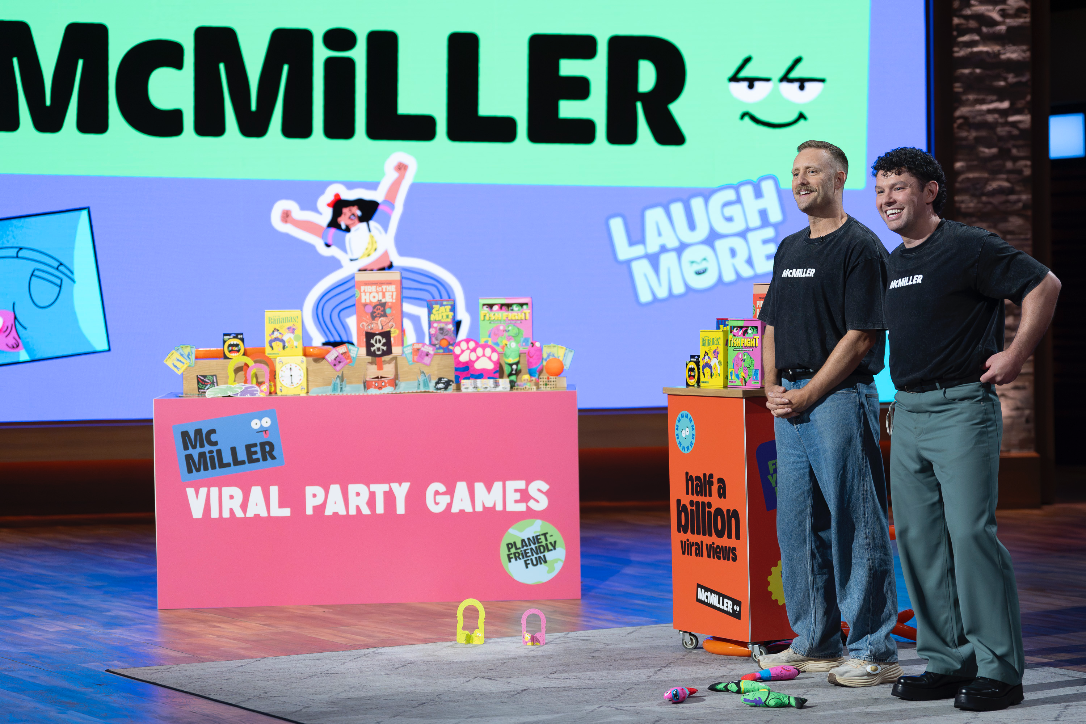
Biographies and Interviews
From Stage Lights to Game Nights: McMiller’s David & Julian on Shark Tank (Dec 10th), Viral Success & Building a Business With Your Husband

Press Release
Leslie Scott (creator of Jenga) announces the launch of BOUNDLESS PLAY
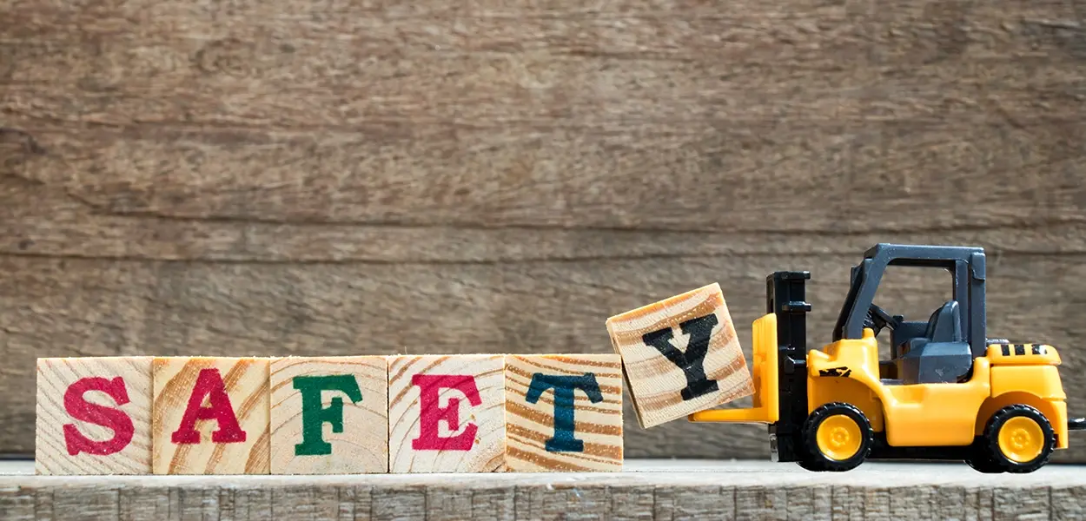
Press Release
New Study Highlights the Importance of Shopping from Trusted Toy Brands & Retailers this Cyber Monday
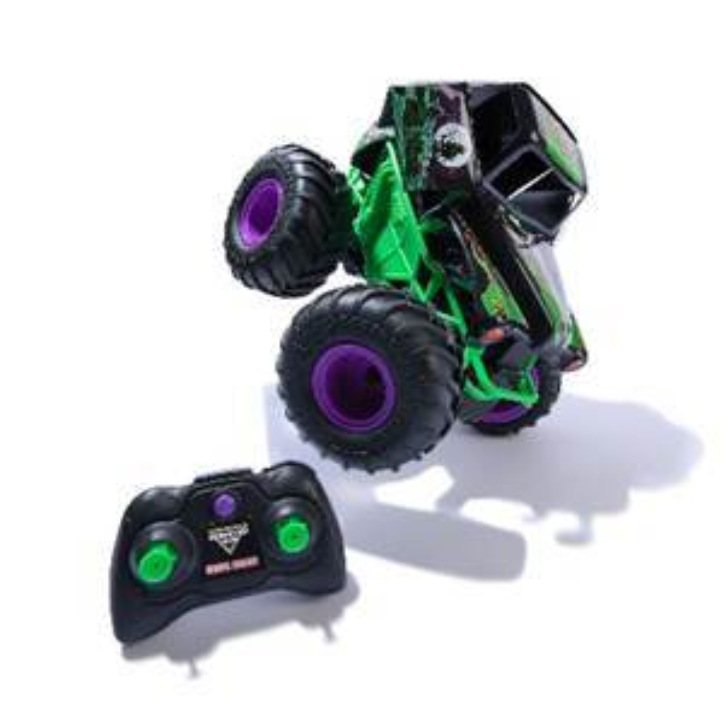
Reviews
Toy Review: Monster Jam Smash & Bash Grave Digger Monster Truck
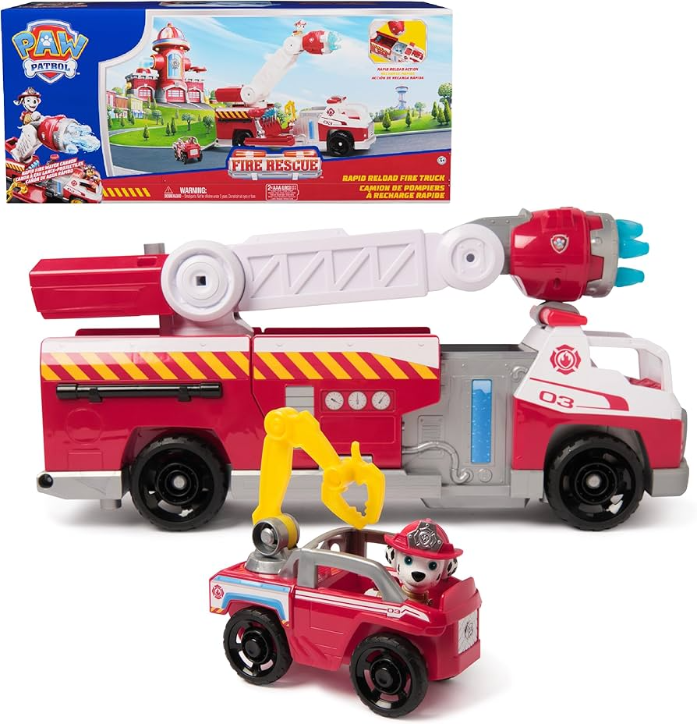
Reviews
Toy Review: Marshall's Rapid Rescue Fire Truck
See more
Recent Wiki
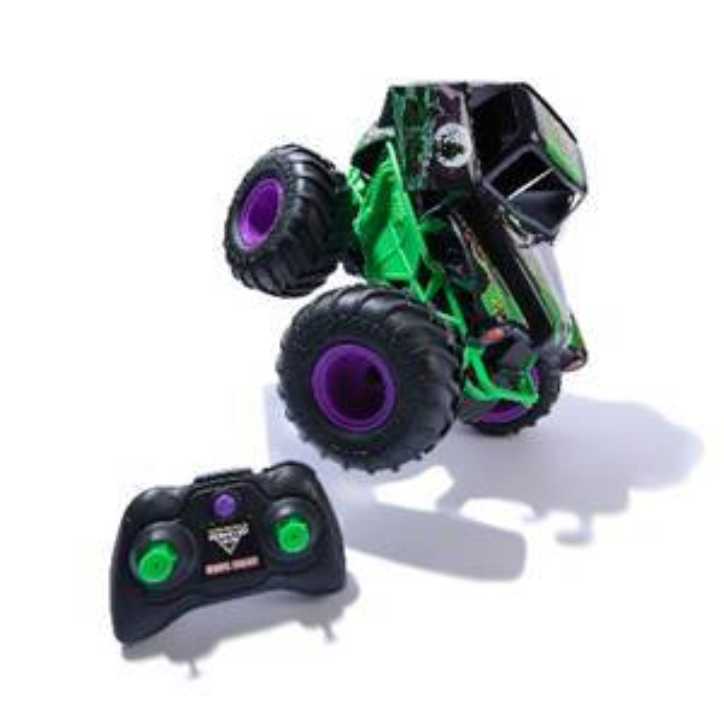
BOOK REVIEWS
Toy Review: Monster Jam Smash & Bash Grave Digger Monster Truck
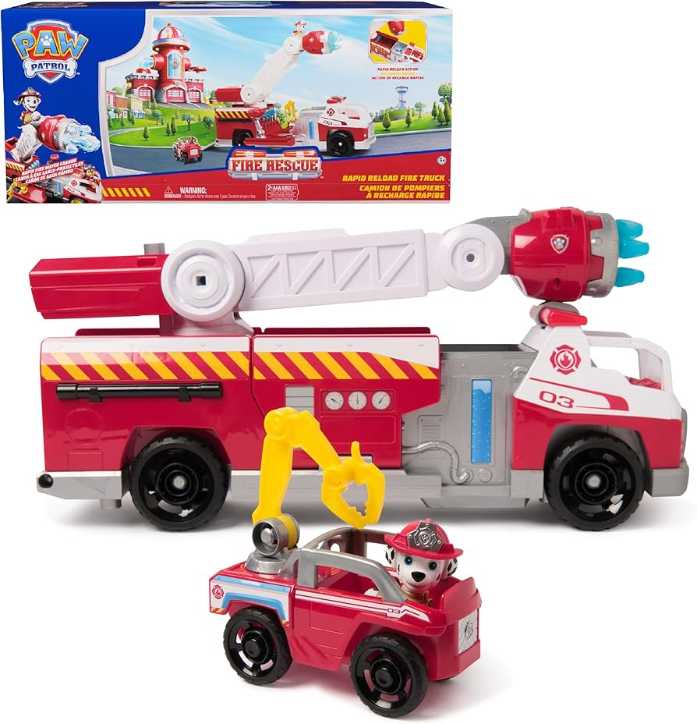
BOOK REVIEWS
Toy Review: Marshall's Rapid Rescue Fire Truck

COMPANIES
Zigazoo Secures Partnership with YouTube Star Like Nastya to Inspire Millions of Kids

PEOPLE
A Legacy of Play: Inside the Carlson Family’s Multi-Generational Journey Through the Toy Industry
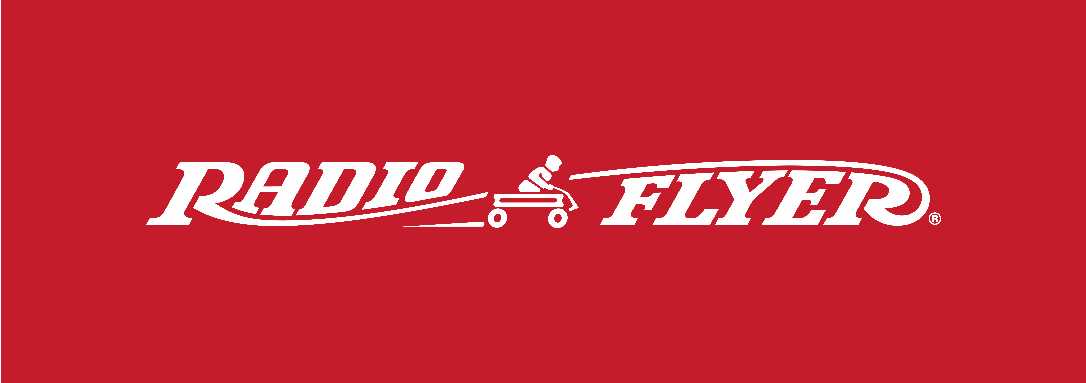
COMPANIES
Radio Flyer Studios Announces the Launch of its First Original Animated Series, Max & Maple: The Can-Do Kids
See more
POP's Got Talent

POP Entertainment
Randy Klimpert Shares his Ukulele Collection

POP Entertainment
Steve Casino Peanut Art

POP Entertainment
Everyone's Talking about POP!

POP Entertainment
Princess Etch - a Multi-Talented Etch A Sketch Artist

POP Entertainment
Joseph Herscher of Joseph' s Machines.
See more
Recent POPcast

Hidden Role: The Brains Behind your Favorite Games
Connie Vogelmann designed Apiary & Wyrmspan!

Hidden Role: The Brains Behind your Favorite Games
Bob Fuhrer... Is THE Crocodile Dentist!

Hidden Role: The Brains Behind your Favorite Games
Tom Dusenberry... Bought Atari, Wizards of the Coast, and Avalon Hill!

Hidden Role: The Brains Behind your Favorite Games
Matt Leacock created Pandemic... the game!

Hidden Role: The Brains Behind your Favorite Games
Scott Brown and Tim Swindle... are Launching a New Sport!
See more
POPDuos

POPDuos: Interviews with Legends and Leaders
POPDuo: Richard Dickson, Mattel’s President & COO, and Kedar Narayan, Young Inventor Challenge AMB

POPDuos: Interviews with Legends and Leaders
POPDuo: Will Shortz and Josh Wardle

POPDuos: Legends and Leaders Explore Creativity
POP Duo: Elan Lee, Co-Founder, Exploding Kittens.and Jeff Probst, Host and Exec Producer, Survivor

POPDuos: Legends and Leaders Explore Creativity
POP Duo: David Fuhrer, MNG Director, Blue Sq Innovations & Shawn Green, past Dodgers & Mets MLB Star

POPDuos: Legends and Leaders Explore Creativity
POP Duo: Bob Fuhrer, Founder, Nextoy and Tom Fazio, Golf Course Designer
See more






